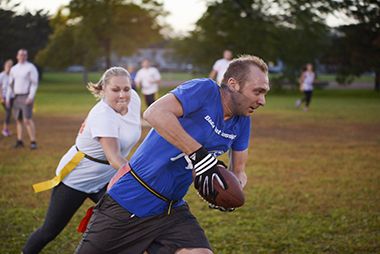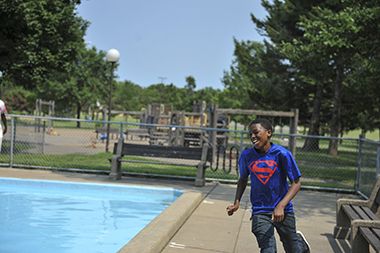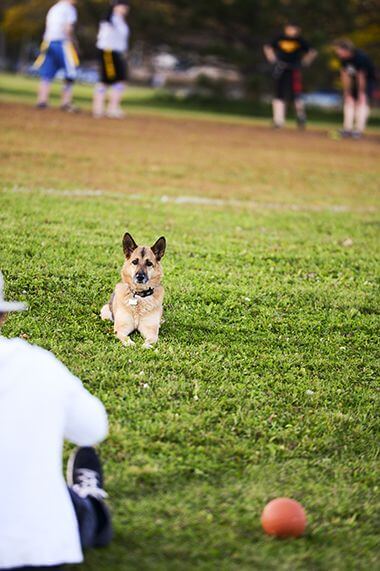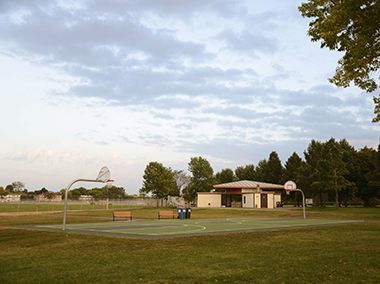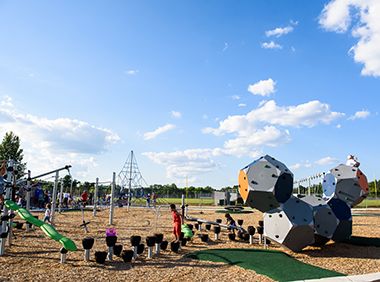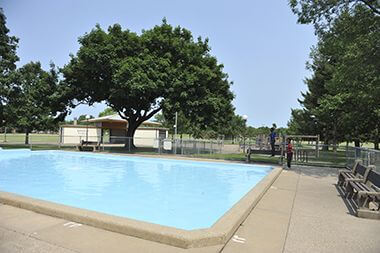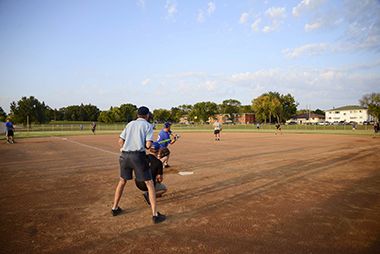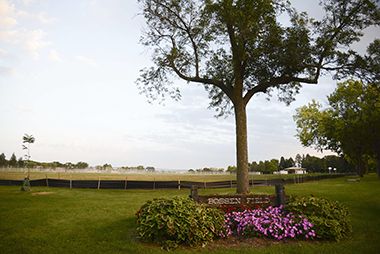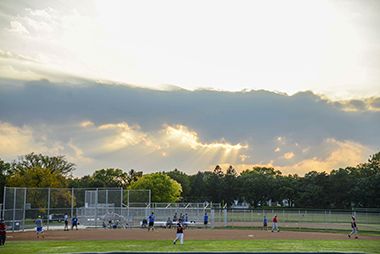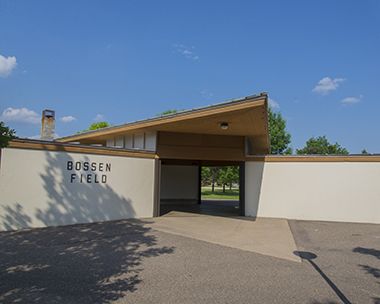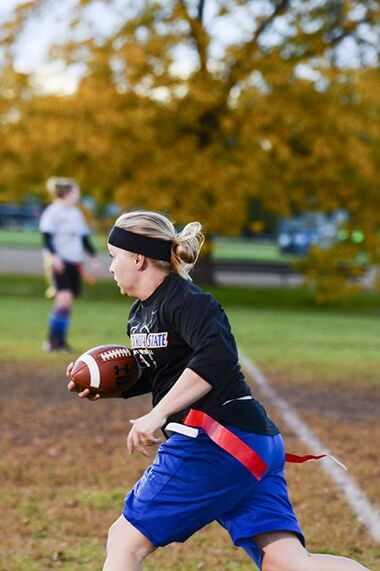Address
5701 S 28th Ave.
Minneapolis, MN 55417
Plan Your Route
Contact
Phone: 612-230-6400
Email: info@minneapolisparks.org
Park Hours
6 am–midnight
Ordinance PB-2-33
Wading Pool Information
Features & Amenities
- Baseball Field
- Basketball Court
- Drinking Fountain
- Playground/Tot Lot
- Restroom Facility
- Soccer Field
- Softball Field
- Sports Facility
- Wading Pool
Not finding what you’re looking for?
Search Parks & Destinations
Master Plans
This park will be affected by a completed park or service area master plan. View Master Plans

NPP20 funded major investments at Bossen Field Park. This long-term initiative also funds increased maintenance at all neighborhood parks and recreation centers, and ongoing rehabilitation work and major investments to restore neighborhood parks and help address racial and economic equity. More about NPP20
Park Details
Size: 36.5 acres
Neighborhood: Wenonah
Service Area: South
Master Plan: The Bossen Field Master Plan was approved in 2015. It will guide outdoor park improvements at Bossen Field for the next 20-30 years. Click the link below to view the master plan.
Bossen Field Master Plan [PDF]
Rentals & Permits
Food Truck Permit: City of Minneapolis licensed food truck operators can apply for a one-day permit at this park. View food truck permit details.
Outdoor Use and Event Space: Learn how to reserve park space for corporate events, community celebrations, and more.
History
Name: When the park was first considered for purchase it was referred to as Airport Park, due to its proximity to the airport. When the land was acquired in 1947 it was immediately named for Christian A. Bossen, superintendent of parks 1935-1945.
Bossen, who was born in Denmark, came to Minneapolis from Hartford , Connecticut in 1906 with Theodore Wirth. He had already been Wirth’s bookkeeper in the Hartford park system for several years. Bossen was given the title of Assistant Superintendent in 1907. Bossen succeeded Wirth as superintendent in 1935 and remained in the job until he reached the mandatory retirement age of 65 in 1945.
Bossen’s name also appears in “Bossen’s Lane” in the Thomas Sadler Roberts Bird Sanctuary beside Lake Harriet. Bossen recommended formally creating the bird sanctuary in his first year as superintendent (it had been referred to as a bird sanctuary as early as 1923 in park board reports). It was one of Bossen’s favorite places in the park system and his ashes were scattered there upon his death in 1956.
Acquisition and Development
Bossen Field Park was tax-forfeited land that was transferred from the state to the park board, at no cost, in 1947. It was in a neighborhood targeted for a park since 1926, when Minneapolis annexed from Richfield a strip of land about a mile wide across the southern border of the city. The finances of the board didn’t permit many acquisitions anywhere, and none in the annexed territory, through the Great Depression and World War II. The impetus for acquiring the land after the war was a study conducted by Liebert Weir, the national secretary of the National Recreation Association who identified several neighborhoods that were without parks, but needed them. The neighborhood around Bossen Field Park was an area that he targeted. The park was originally planned to be only ten acres, roughly the size of most other neighborhood parks, but with an opportunity to acquire more land for nothing, the park board acquired sufficient land to construct multiple playing fields. From the time of its acquisition that was the plan for Bossen Field.
The challenge with the parcel of land, as with much of the land acquired by the park board, was that it was low, wet land that had to be filled to be useable. The park board obtained some fill from construction projects at the airport nearby, which the park board had owned until it had been turned over to the Metropolitan Airports Commission shortly before Bossen Field was acquired. But the airport didn’t provide enough fill, so the park board created a public dump at the park as well, which collected 70,000 cubic yards of “material,” according to the 1955 annual report. In 1954 the park board considered future use of the field, perhaps including a golf driving range or pitch-and-putt course. In the end, plans for a regional athletic field and small playground won out. Most of the land wasn’t brought up to grade by garbage and construction debris until 1955 when the south end of the park was graded. Baseball backstops and playground equipment were installed, and the fields were seeded initially in 1957. Lights were also installed for the fields. The initial plans for improvement were not completed until 1959, when a shelter building was constructed.
Playground equipment was updated at the park in 1967 and areas surrounding the ball fields were also landscaped then. Major park upgrades were made in 1989.
Another park overhaul was performed from 2016 to 2019, with funding from the 20-Year Neighborhood Park Plan. It brought a new playground, basketball court, additional parking and pathways and renovated, realigned softball fields with new lights. The park building, including its restrooms, was updated as well.
Park history through 2008 compiled and written by David C. Smith, with updates from 2009 to present by MPRB.








